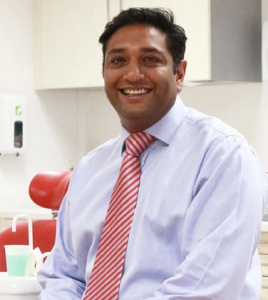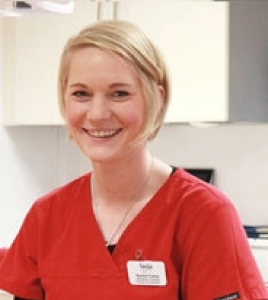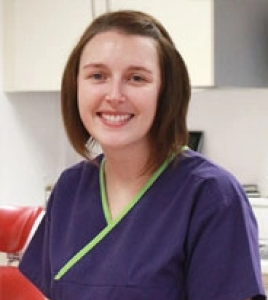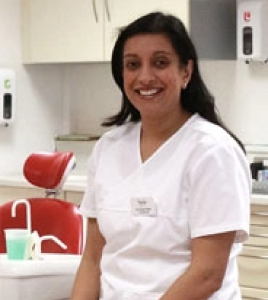
BDS (Lond), MFDS RCS (Eng), MSC (Lond), MOrth RCS (Eng) | GDC Number 76346
Dr Haren Patel qualified from Kings College School of Medicine and Dentistry London (KCL) in 1999 as a general dentist. He subsequently underwent further training at the Eastman Dental Hospital London to attain his membership of the Royal College of Surgeons of England in orthodontics and research master’s degree from University College London (UCL)
This will close in 0 seconds

RDN DipOrth (Univ of Warwick) | GDC Number 137138
This will close in 0 seconds

RDN DipOrth (Univ of Warwick) | GDC Number 185166
This will close in 0 seconds

BDS (Lond), MFDS RCS (Edin), MSC (Lond), MOrth RCS (Eng) | GDC Number 76252
Dr Sonal Patel qualified from Kings College School of Medicine and Dentistry London (KCL) in 1999 as a general dentist. She subsequently underwent further training at Guy’s King’s and St Thomas’s (GKT) to attain membership of the Royal College of Surgeons in Edinburgh and research master’s degree from king’s College London. (KCL)
This will close in 0 seconds